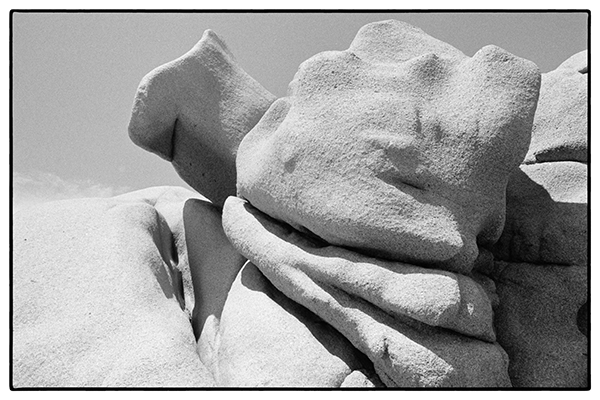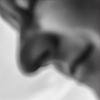Punctum - CARIOU v. Prince, Court of Appeals, 2nd Circuit 2013
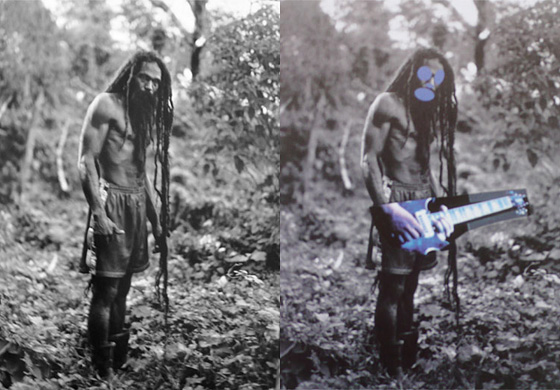
I think the court of appeals erred and incorrectly held that Princes' use of Cariou's photograph was unfair. The reason is, and I am astonished that this line of argument was not used by defendant's attorneys, that Prince made fun of Roland Barthes in a very sophisticated way. If you read Barthe's "La chambre claire" (camera lucida), he writes about the "punctum", THE object which for him is the most important part of a photograph. Several photographs he cites to exemplify his thesis lay their focus (i.e. he submits these being the respective puncta) on the hands of depicted individuals (photography of Tristan Tzara by Kertesz, by Nadar of Brazza and by Mapplethorpe of himself). If you take Barthes' approach, you will be able to see that Prince was also looking for the punctum in Cariou's photographs. What he did is that he covered the Rastafari's eyes in a very simplistic manner, as if to show that they could constitute the punctum but as he covered these, they cannot be the punctum. But we get the idea that there is (or should be) a punctum. Prince, again in a very "unprofessional" way, puts a guitar into the Rasta's hands, that's where the punctum should be in his opinion. The punctum in his derivative work is from another - possibly quite ephemere photography without sophistication. Prince plays with the spectator's potential view that a Rasta should have a guitar. So, the punctum which is conceived by Barthes to be something very subjective pops up as something extremely commonplace, an add-on that comes from another world. Prince's work criticises Barthes and expresses that Barthes' approach is a simplistic one which could lead to an interpretation of art by mere preconception, prejudice - which it probably does sometime. The intent to show that quite a complicated philosophy may have its ground in preconceptions - by way of means that are prima facie unsophisticated - is on my view quite an achievement which should have led the court to a different ruling. Sic transit gloria legis.
read more- by Nitpicker
- Basel, a.a.O.
- Leave a comment
BGH, Urteil vom 07.04.2011 – Az. I ZR 56/09

In Germany, Deutsche Bahn, the owner of the ICE had the latter's design protected under the Geschmacksmustergesetz (German Design Protection Act) and entered into the design register. The defendant Fraunhofer Institute had used a picture of the ICE (other than the above) in its advertising material. DB then asked FI to pay a design (and not a copyright) license fee of EUR750, upon which FI stated that its use was fair as it was merely quoting the design, basing this exemption on §40 No 3 of the DPA. The BGH ruled that FI's use was unfair. Sapienti sat! read more
- by HUM
- orally transmitted
- Leave a comment
BGE 130 III 714, Wachtmann Meili
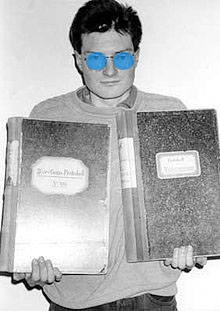
The [legal] protection depends rather on the choice of the object used as a design element to give to the photograph its individual character, irrespective of whether the depicted object may be regarded as historically unique […]. When photographing Christoph Meili, plaintiff has not made use of the artistic leeway neither in technical nor in conceptual terms, but has taken the photograph in a way that it does not stand out from the ordinary. It therefore lacks the individual character within the meaning of Article 2 URG. ("Works are, regardless of their merit or purpose, intellectual creations of Literature and art that have individual character". read more
- by HMV
- April 19, 2004
- Leave a comment
BGE 130 III 168, Bob Marley

[The lower court] notes that the photograph of Bob Marley was appealing and interesting, and stated as the reason therefore the special facial expression and posture of the person portrayed, especially the flying rasta curls and its forms being reminiscent of a sculpture, with a special emphasis placed by the shadow cast by a horizontally flying curl on the face. Thus, the lower court itself has just pointed to the essential characteristics, which give plaintiff's photograph an individual character. read more
- by HMV
- September 5, 2003
- Leave a comment
Az 562/C.3-e, wedgwood
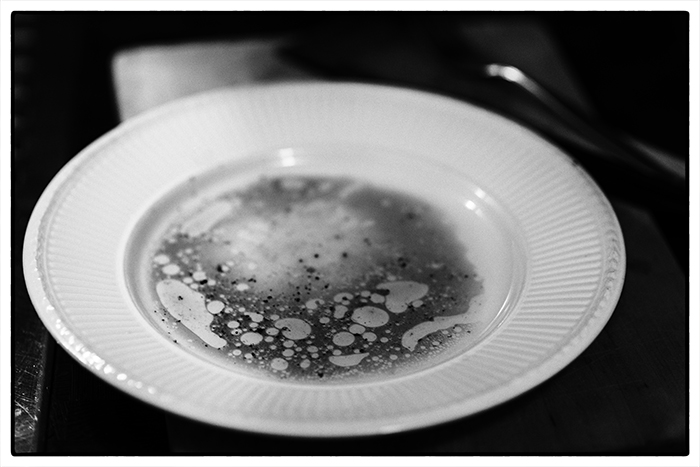
What is this? What was this? What has it been? Now, what is it? What does the now have to do with it? And what is it not? Which are your first reactions to it? Why is/was it there? And before? What not before, what not? read more
- by Contextor
- September 16, 2013, 20:40
- Leave a comment
BURROW-GILES LITHOGRAPHIC Co. v. SARONY.
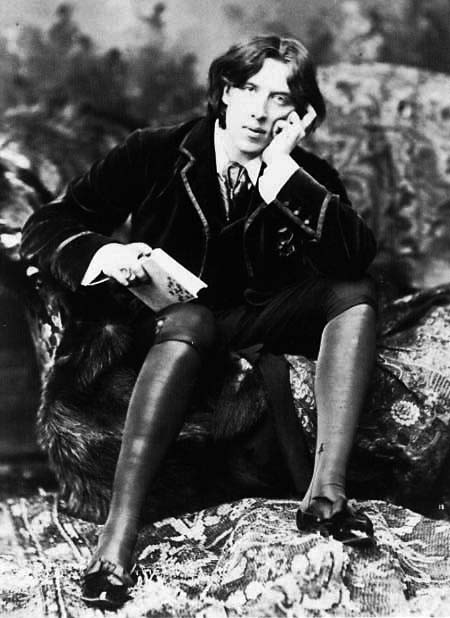
The nearest I can come to is that it is the person who effectively is as near as he can be the cause of the picture which is produced; that is, the person who has superintended the arrangement, who has actually formed the picture by putting the persons in position, and arranging the place where the people are to be-the man who is the effective cause of that. (4 S.Ct. 279, 28 L.Ed. 349). read more
- by BRETT, M. R.
- March 17, 1884
- Leave a comment
Pavillon sans musique
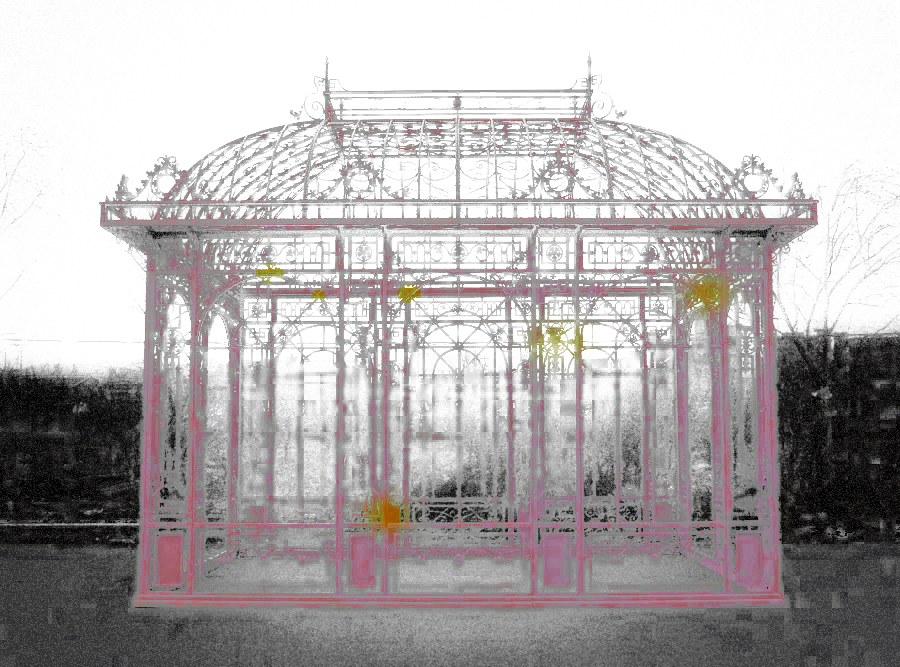
No way close to what I saw: pavillon in green park where a classcial orchestra could have played a tender Mozart sonata, allegro, anche con fuoco. Infra-reddish in bw, structure lightly red, almost indiscernible, a bright sun sending its rays towards me, Jugend-stylish, intersections of the structure in bright yellow that would not draw too much attention. After that, a symphony in my ears, yet unheard of, yet familiar, just clinging for the melody to continue, almost a craving, in a hurry and utlimately in vain to jot down notes - instead of listening ;-) But it is definitely there, I've heard it. read more
- by Esoncle
- Dreamt
- Leave a comment
Nautic miles
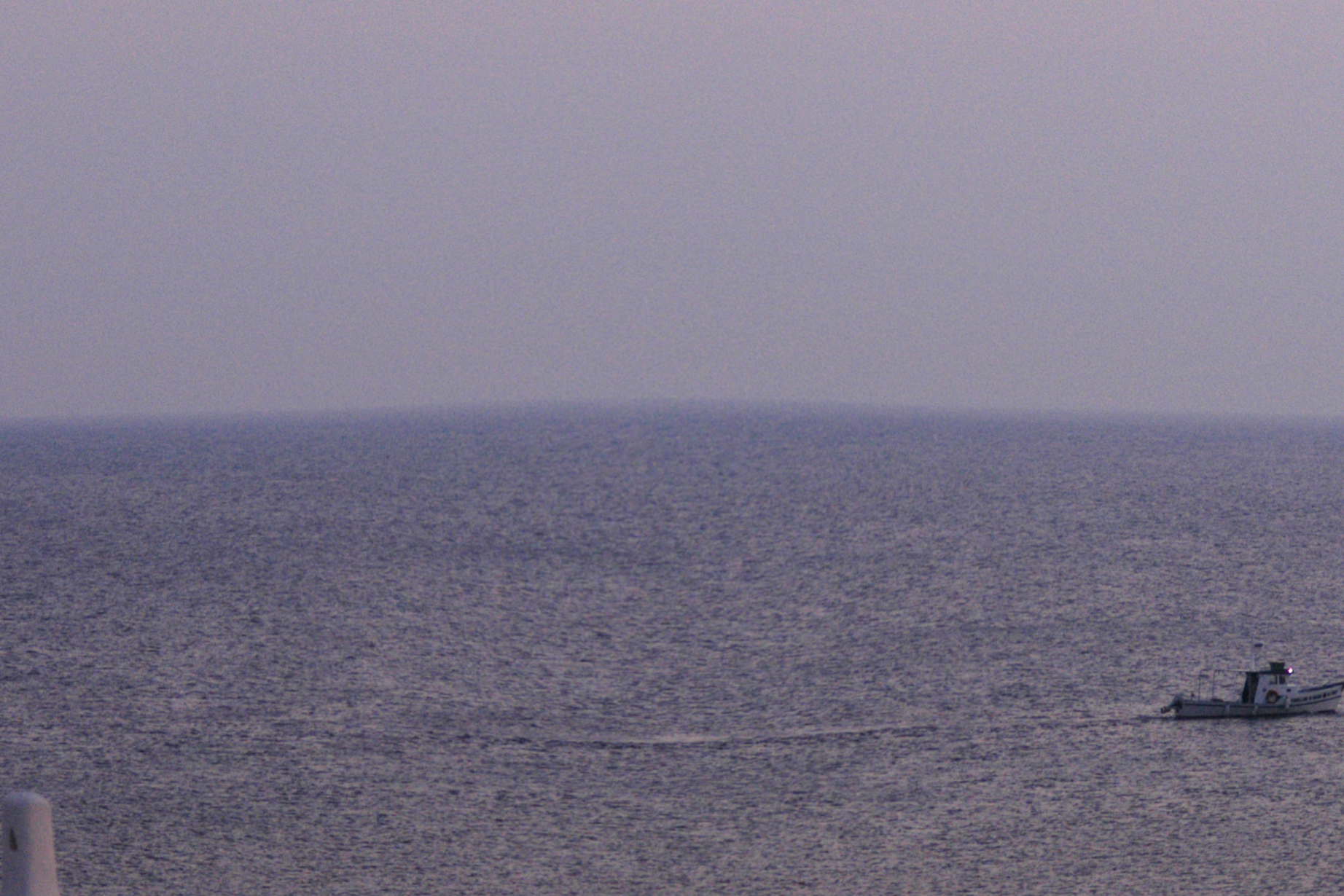
Seemeilen verschwinden in gleissendem Horizont Wind verebbte in der See Knoten, ehemals knarrend Schlingern ein früherer Traum Einzig der Faden
- by whispers
- 2013 09 20
- Leave a comment
Sport
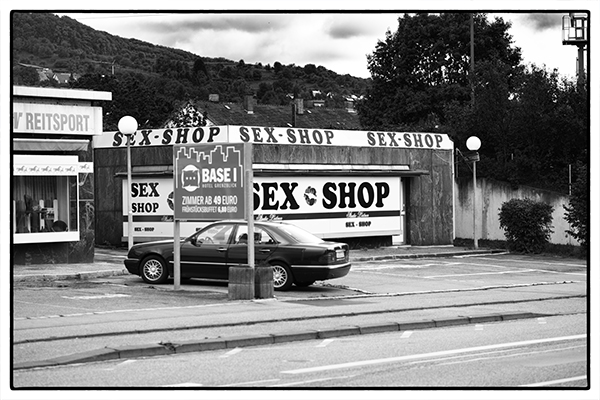
What would you go for? The obvious? Or the Mercedes Benz? Lord, look at the clouds! read more
- by Salvatore
- 2013 09 21
- Leave a comment
sunday in loerrach
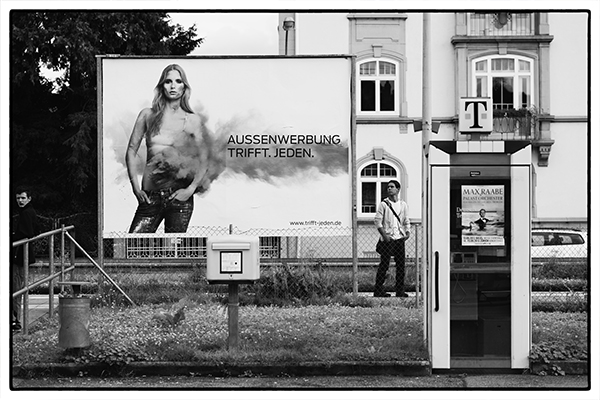
Poetry post festum; no pun intended read more
- by Salvatore
- 2013 09 21
- Leave a comment
